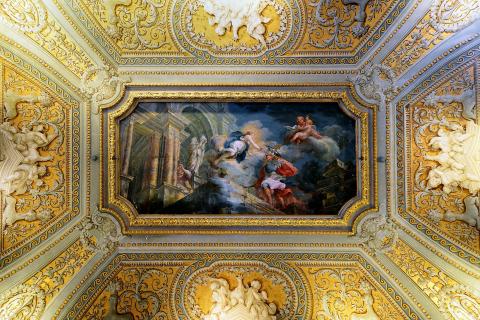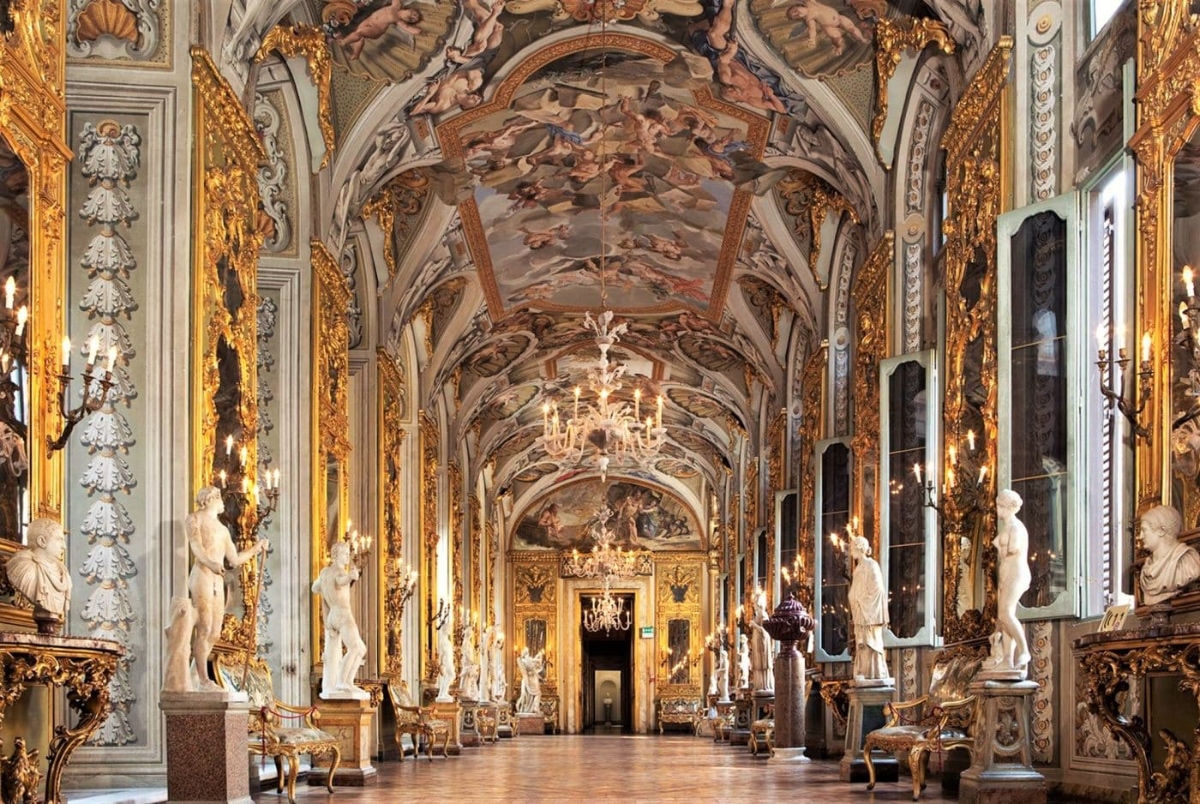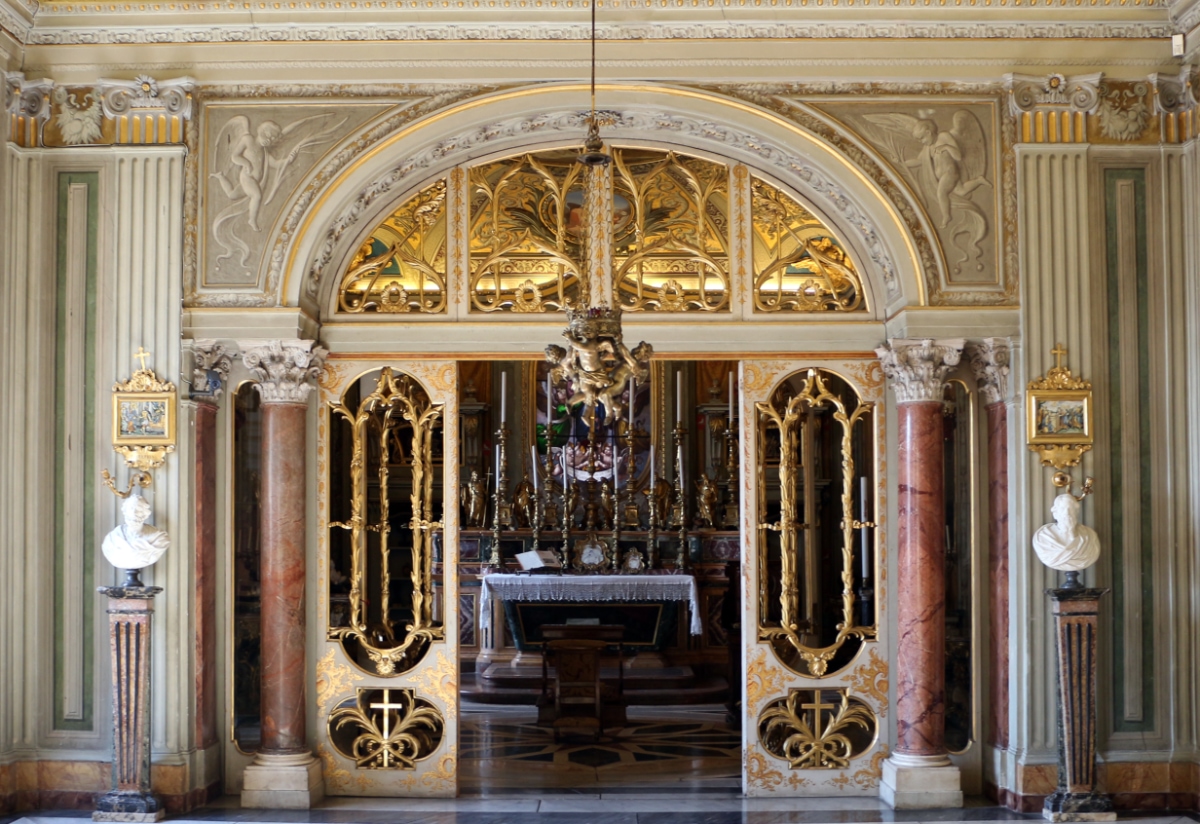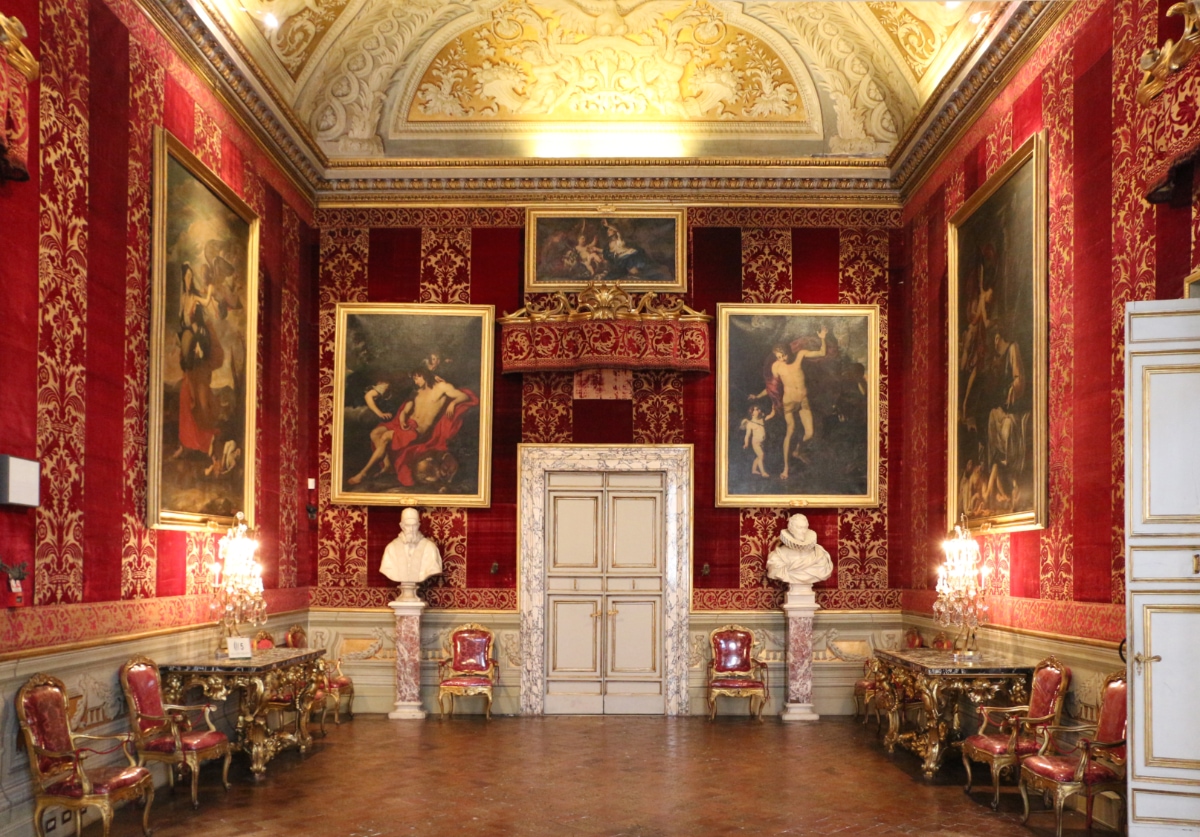The hidden beauties of palace Doria Pamphilj, at the heart of Rome
Property of the same family, which passed down its name, in the 17th century, Palais Doria Pamphilj hides is beauty and its opulence at the heart of Rome.

Along Via del Corso, the Champs Elysées of Rome, this private museum, dating back to the 15th century, was the property of a cardinal, then of Italian aristocratic families that have made it into the marvel of today. In turn Renaissance, rococo or baroque, the largest Roman palace shelters rooms with incredible luxury, showcasing gilding, stucco, coffered ceilings, chandeliers and prestigious furniture.
The Doria Pamphilj palace, in Rome, hides its beauties
Behind its facade, this monumental edifice is in part used as a residence, in discreet apartments. It comprises 5 courtyards bordered by 4 streets, 2 squares and is designed with a series of arcades surrounding an open-sky courtyard. The cultural shock begins as soon as you climb the first steps, when the gaze is attracted by the ceilings decorated with paintings and chandeliers.
 The Grand Gallery is a little like the Roman Hall of Mirrors. © DR
The Grand Gallery is a little like the Roman Hall of Mirrors. © DR
 Conserved intact since centuries, the chapel is used during during papal visits. © DR
Conserved intact since centuries, the chapel is used during during papal visits. © DR
An invaluable collection
Raphael, Velasquez, Carvaggio, Bernini, Titian and Pieter Brueghel the Older are some of the great masters that form the collections of the palace, next to inestimable sculptures. Naturally, world leaders have organized superb receptions on the premises. Because this magical place definitely takes visitors back to the grand era of the Eternal City …
 Decorated in red and gold, the Salon dei Velluti shelters the most prestigious paintings of the Palace. © DR
Decorated in red and gold, the Salon dei Velluti shelters the most prestigious paintings of the Palace. © DR





Pouvez-vous nous préciser pourquoi ? (facultatif)